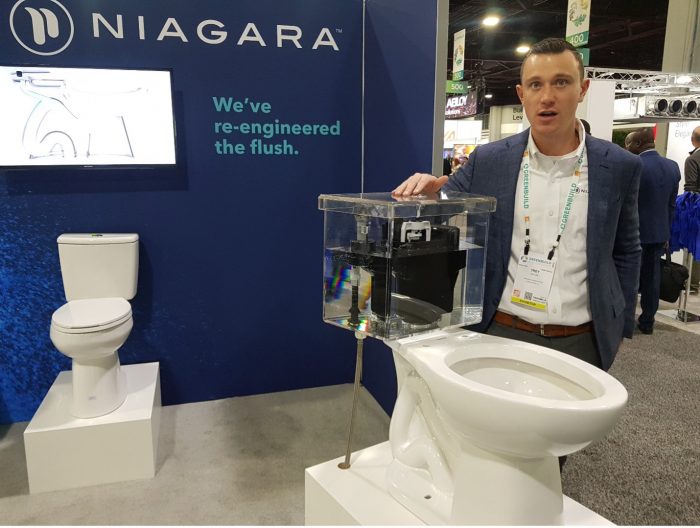
On a daily basis, toilets use more water than any other fixture or appliance in our homes. Unfortunately, early water-saving toilets, particularly dual-flush toilets, did not make a great impression on homeowners. Surely, they’ve improved.
Researching this article, I began with a quick walk down the toilet aisle at my home improvement center. I was disappointed that the product promotions were not about saving water but about power-flushing and self-cleaning. It’s clear that brown streaks in the bowl concern consumers more than how many gallons we flush.
Thankfully, there are federal regulations so all toilets must meet the minimum standard of 1.6 gallons per flush (GPF). Do any manufacturers beat the minimum? Yes. Fortunately, some brands still aim to conserve water.
The Niagara toilet
The Niagara brand toilet claims to be the “most efficient toilet on the planet.” Its so-called Stealth Technology has a vacuum-assist pull, “so water doesn’t have to do all the dirty work,” and a noise-canceling tank, “so your business is your business.”
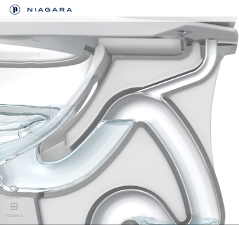
The Niagara toilet features a remarkable 0.8-gallon flush guaranteed to chase the stickiest, thickest, heaviest waste down the pipe without a problem. It achieves this with a mechanical air boost. It took me a while to get my head around the vacuum-assist concept, but in brief, it works like this: as water fills an inner-tank chamber, air fills an air transfer tube. This air pressurizes the “trap-way” wash-down (where the flapper would be if it had one), priming the toilet. Water leaves the inner chamber and pulls air from the trap through the air transfer tube. This upward air movement creates a vacuum-assisted pull that accelerates the force of the water and waste flowing through the trap-way.
Kohler’s Corbelle
I recently participated in a review of toilets and had the opportunity to test Kohler’s Corbelle, 1.28 GPF toilet. The company claims its “Revolution 360 swirl flushing technology generates a forceful swirling motion to keep the bowl cleaner.” And the AquaPiston flush engine delivers impressive, turbocharged power. The flush swirls around the ultra-smooth bowl, wiping it clean. If water is insufficient, Kohler’s ContinuousClean technology dispenses a cleaning fluid with each wash down. The battery-powered dispenser uses puck-style tablets. The tablets contain chlorine bleach. Beyond environmental concerns, bleach will slowly eat away at plastic—that’s why spray bottles with bleach don’t last long.

I asked Kohler about this, and they confirmed that, “When you drop a chlorine tablet into a standard toilet tank, it will cause accelerated deterioration of silicone gaskets or rubber flappers.” However, according to Luke Bartel, product manager for ContinousClean, “With the ContinuousClean system, the chlorine tablet is separated from the rest of the tank. When the toilet is flushed, the chlorine dosage is injected directly into the bowl. The system will save your tank parts and keep the tablets significantly longer—two tablets per year vs. six in standard tanks.”
Kohler Kelston K-3754
Consumer Reports gave its highest overall score of 70 to the Kohler Kelston K-3754, which retails for $174.25 at Home Depot. The pros for this ranking include reduced water use at the standard, gravity-fed 1.6 GPF. For comparable power with reduced water consumption, consider a power-assisted toilet. However, these have some drawbacks. None made it into the Top Ten Consumer Reports due to noise, “an emphatic whoosh,” and despite impressive bowl-clearing force, the waste does not travel downstream as well as it does in toilets with higher water content.
WaterSense toilets
Although the national standard remains at 1.6 GPF, the EPA’s WaterSense program requires no more than 1.28. This is 20% less water than the current federal standard. To label toilets under the program, manufacturers must have a partnership agreement with the EPA. Kohler was the only plumbing fixture company that won a WaterSense Sustained Excellence Award this year. The manufacturer rolled out 15 new, WaterSense-labeled toilets.
Houzz published a list of certified toilets certified toilets. The most highly recommended was the American Standard H2Optimum Siphonic Round Front ($145.20 at Ferguson). The two-piece, gravity-flush toilet clears the bowl with 1.1 GPF. The H2Optimum meets California’s state-mandated green building code, CALGreen.
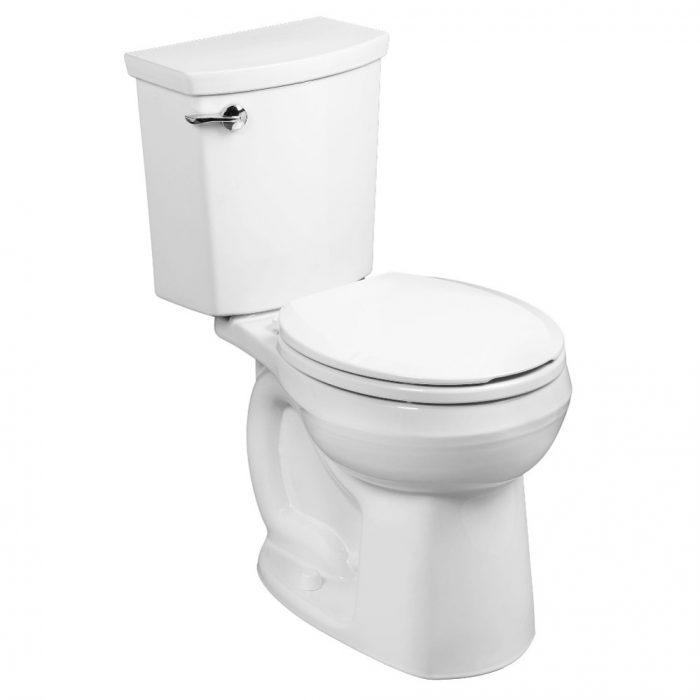
MaP ratings
The toilet equivalent of horsepower is the Maximum Performance or MaP rating. The highest rating a toilet can score is 1000. Across the board, Acara and Aflush/Waso brand fixtures earned this rating. The Acara uses 1 GPF and carries certification for WaterSense, LEED, and Green Globes for new construction. And the Aflush/Waso uses only 0.9 GPF.
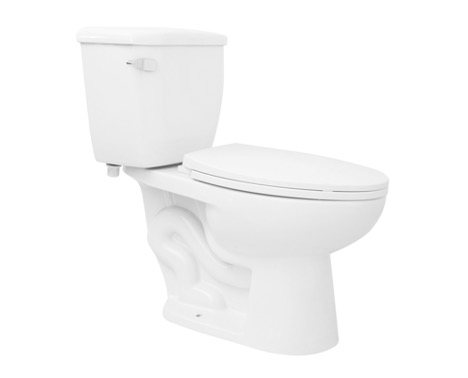
I’ll wrap up with a confession. The federal standard limiting toilets to 1.6 GPF went into effect in 1994. A year later, I frequented Mexico to smuggle and sell standard fixtures that used about five gallons—because they worked. It’s good that nobody needs to do this anymore. Just something to think about the next time you’re sitting on the throne. Chances are, you’ll only need to flush once.
________________________________________________________________________
Fernando Pagés Ruiz is a builder and an ICC-certified residential building inspector active in code development.
Weekly Newsletter
Get building science and energy efficiency advice, plus special offers, in your inbox.





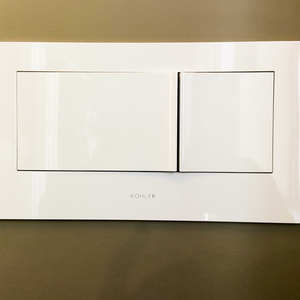
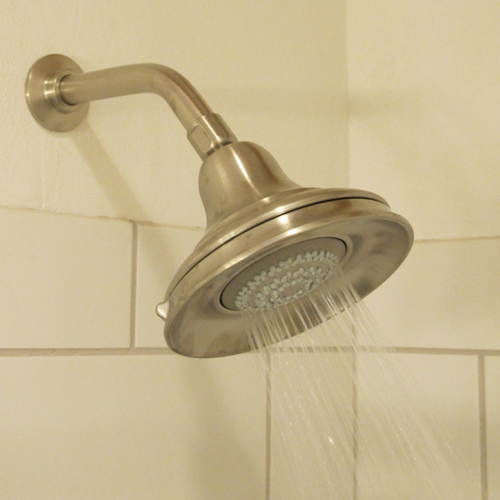
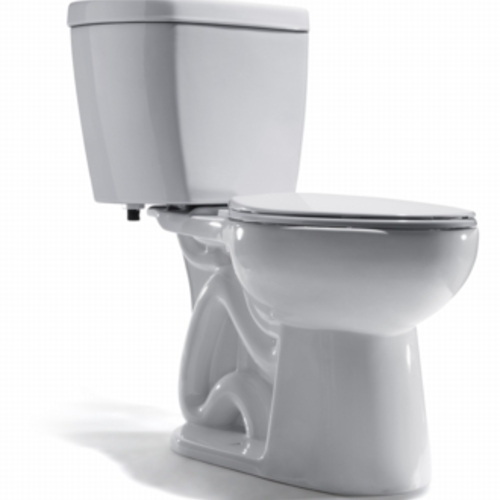






22 Comments
I'm not associated with Niagara other then being a very happy customer. I installed the Niagara 0.5/0.8 gpf dual flush N7747T-DF tank (combined average 0.6 gpf) along with the Niagara Stealth Phantom N7747EB bowl. They work very well, they clean well and they are quiet. The above combination also looks very modern due to the smooth skirted bowl. I would definitely order the exact same thing if I had to install new toilets.
I do remember a vigorous black market of "normal" toilets when the 1.6 GPF standard went into effect, since the initial round of water efficient toilets were TERRIBLE.
You would think I would have learned that lesson when WaterSense debuted in 2006 but no, I had to be an early adopter (circa 2008). The Kohler 1.28 toilet I chose was every bit as terrible as the original round of 1.6 toilets in the 90s -- multiple flushes where the norm (sometimes 3, even). That toilet was so bad that I uninstalled and brought it back to Home Depot for a return!
Turns out that they really really did not want to accept it as a return but since it's permissible in AZ (not so in many states), they pretty much had to. And yes, I cleaned it first to a better than new condition. I immediately replaced that toilet with the exact same Kohler model but in the 1.6 form and it's been working flawless every day since.
I guess it's been long enough that the engineers must have truly figured out 1.28 GPH and so I'll likely use one the next time I install a toilet but I'm going to be nervous about it, while I do!
The main problem with low flush toilets isn't the toilet itself flushing a load, but what happens downstream from the toilet. Is a gallon or less going to push a load 30+ feet down an old sewer line out to the street?
I have a Niagara 0.8 GPF toilet and a 150' (new) run to the street. I've been using it for 2 years with no problems, and that's with most of my wastewater being diverted for greywater irrigation. Just an anecdote.
This is only tangential to your point, which is whether these toilets can overcome an old sewer line that might have root intrusion, insufficient slope, etc. That might be asking a lot of any toilet.
More garbage published from the GBA powerhouse, more crap content, more marketing, more website glitches. More random content creators where everyones an expert on nothing related to building science and have zero construction experience. Great job on ruining what had little merit at all.
We are heading down the tubes the moment Kohler decided we need to install batteries and cleansing tablets in a toilet. Like anyone needs batteries in a toilet. This is disgusting.
The fact that this toilet wasn't frowned upon by anyone at GBA or by the articles creator shows its commitment to green has more to do with money than environmental concerns.
Fernando has been writing about better ways to build for Fine Homebuilding for 20 years that I've been paying attention. In case you haven't been paying attention, there are severe water shortages all over the globe, so when a company comes out with new technology that potentially saves water, it's worth looking at. It's pretty hard to write about new products without naming the manufacturer.
If you don't want batteries in your toilet, I suggest not buying one of those toilets. Problem solved.
The nature of capecodhaus's diatribe perhaps masks that there should be a serious debate about how much efficient or high performance houses should rely on advanced technology.
It has all sorts of ramifications, from smart devices using their presence to gather data on the occupants or enabling utilities to control appliances, to everything becoming either too complicated or reliant on proprietary parts so that only experts can fix them.
They are interesting questions. I wish he or she had taken the opportunity to air them more usefully.
Yeah, that is a serious question to ask, especially with expensive built-ins that cannot be easily replaced. I'm thinking of the Span service panel as a near perfect example -- super high tech and very handy at the moment but what happens when the company goes out of business or changes its business model?
In the specific case of the Kohler toilets... well, not so much IMO. Kohler does make high tech toilets but this isn't one of them. The batteries in this case literally just power an LED light to let you know when you need to replace the cleaning tablets.
The Kohler toilet might save the end user water, might. More certainly the toilet will cause greater environmental degradation due to the required batteries and cleaners needed to function over a basic water saving toilet.
The science behind this toilet is pretzel logic at best. There is more plastic and complexity baked into that toilet to ensure it a short service life. Destined for the landfill, but the science doesn't have to mention that.
Do we really need an app for a toilet?
To be clear, this toilet does not need the batteries at all -- they are exclusively for the indicator LEDs to let you know when the cleaning tablets are low. The toilet will work perfectly well without any part of the cleaning system working at all.
As far as I can tell, this is just aimed at those people that already do use cleaning tablets in their toilet and this will potentially now do so more efficiently for those people. If you don't want to clean your toilets that way, then there are literally hundreds of toilets available that don't have that feature.
Thank you.
Thank you, Michael.
Michael,
It's not as simple as you say. It's not my decisions that will make a measurable difference to the world. I can certainly avoid purchasing a toilet with batteries and complicated components or appliances with unnecessary app connectivity.
The problem still remains. The why, problem.
Why is this the direction of nearly all consumer goods? Why give benefit to this poor decision making at the manufacturing level? GBA won't touch that.
Think of the poorly informed consumers who will support this with their wallets and the environmental waste it causes.
I can't blame you or GBA for these products creation but I can certainly shame for promoting it. We praise Greta Thunberg for her woke activism but mute her as soon it puts us in a negative position, right?
How many wifi appliances will it take?
I write what's assigned to me, capecodhaus. I'd ask for a little respect for my work. And about 40 years of building. Most people buy toilets, so a little guidance is okay. When a third-party resource is available, I do reference them. And while I am not inclined to insult, I do criticize. Case in point, my view on chemical tablets, no matter how efficient the release, is "One more chemical for fish to contend with." I clean my toilet with a sponge. Maybe I should not use a toilet at all? I have experience with composting toilets and have used one--I own one. Still, extreme views won't help make things better because for every purist 300 million people exist that won't live that way. How many would use a composting toilet? Very few. What to do with the rest, the billions of them? Help them do better. Some of the articles are for you, most are for them.
Fernando,
Your reply to me, "I write what's assigned to me", explain how things work at the GBA powerhouse.
The need to cover the business interest of GBA is the foremost driving force in recent years. It is clear in the articles and website content, the marketing and political push. There is an agenda now at GBA, less grassroots more green marketing scheme.
Do not take offense Fernando, we all gotta eat, you're only the messenger. GBA is a bloated version of its former self.
GBA's focus has not changed other than to keep up with current events.
codhouse,
Grab a coffee and have a chill bro, it's going to be ok, I promise. Not everything on the internet is full of agendas and conspiracy.
capecodhaus,
I've been reading and posting here for about a decade. I don't see the changes you complain about. Building science and building itself have changed in that time, and that is reflected in the site. The one big difference is the burden which Martin so ably bore for so long is now spread among a large group of people. But beyond that your comment seems like aggrieved nostalgia for something that never existed.
There is nothing nostalgic about a man working without rest for some cause and in most circumstances usually results in little difference anyway. Perhaps more so than ever before. My concern is with GBA using its broad platform to greenwash on the consumer level. Perhaps I am nostalgic for a free and informed world, shame on me. Perhaps GBA should rename itself to Building Advisor and Promoter.
Take for example, the sponsored content by Thermador at the bottom of GBAs site. Does that advertisement display any sense of environmental stewardship or create awareness to solving any of the world problems?
No, it does not, it promotes a $20,000 refrigerator and a small group of people living exceptionally well. GBA originally had no such involvement in this type of scheme. Thank you for your comment.
Sponsored Content is a fancy way of saying it's an ad. I regularly get ads that tell me about single women in a nearby town who want to meet me (they don't), and others about senior's residences I might want to move into (I don't). Getting all wild about the ads that pop up on sites, rather than the meat of their content, is a waste of time.
Just want to get back to low flow toilets.
The earlier comment about the run from house to street is less concerning as all household water ultimately washes through. Inside, a low flush at the far end of a house could indeed pose a problem if there is now other flow in a long run.
I try very hard to place showers and sinks upstream of toilets when setting the plumbing. This is meant to deal with the low flush problem of lumps not having enough water film to move along the runs to exterior piping. Washing machine discharge locations can also be helpfully placed to encourage scouring the pipes. Also, mind the pitch and don't go overboard thinking it will flow better. The low pitch is required to keep a water film under the stuff you don't want building up.
Onslow,
By all means, you have the floor and our undivided attention.
Log in or create an account to post a comment.
Sign up Log in